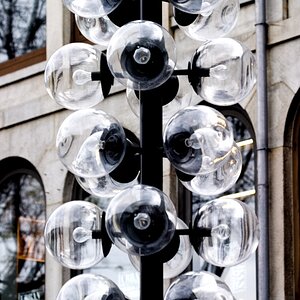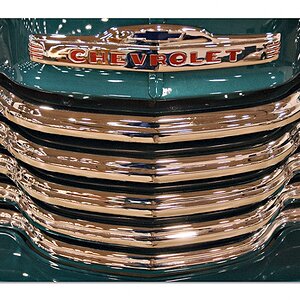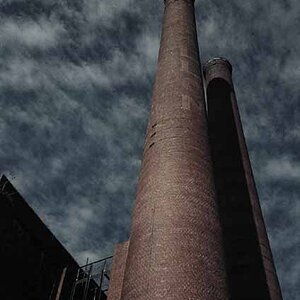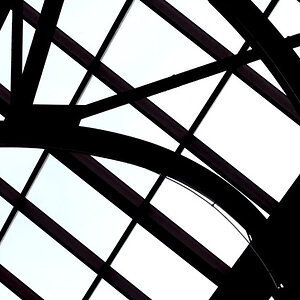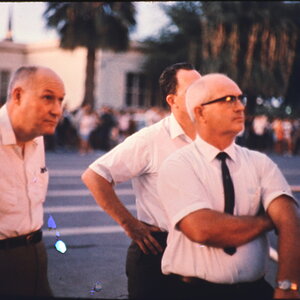ksmattfish
Now 100% DC - not as cool as I once was, but still
- Joined
- Aug 25, 2003
- Messages
- 7,019
- Reaction score
- 36
- Location
- Lawrence, KS
- Website
- www.henrypeach.com
- Can others edit my Photos
- Photos NOT OK to edit
Here's a video comparing 17+ meter tall (that's right meters) prints shot with a Nikon F5 and a Nikon D700.
http://fwd.five.tv/videos/challenge-blow-up-part-3
http://fwd.five.tv/videos/challenge-blow-up-part-3


 That guy fell off the ugly tree and hit every branch on the way down. And then a badger ripped up his face.
That guy fell off the ugly tree and hit every branch on the way down. And then a badger ripped up his face.
![[No title]](/data/xfmg/thumbnail/42/42268-15c1c02cec1d71208987fc7c7ec7784c.jpg?1619740077)
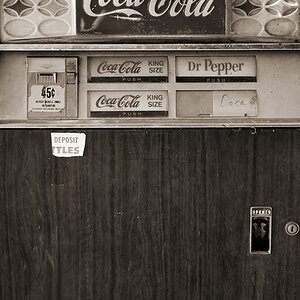
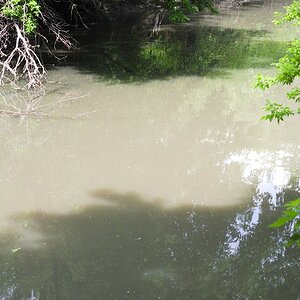
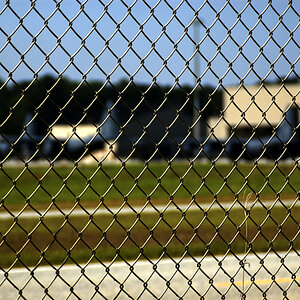

![[No title]](/data/xfmg/thumbnail/31/31980-e5048a424621c7b3cd0d306d63c09d67.jpg?1619735137)
